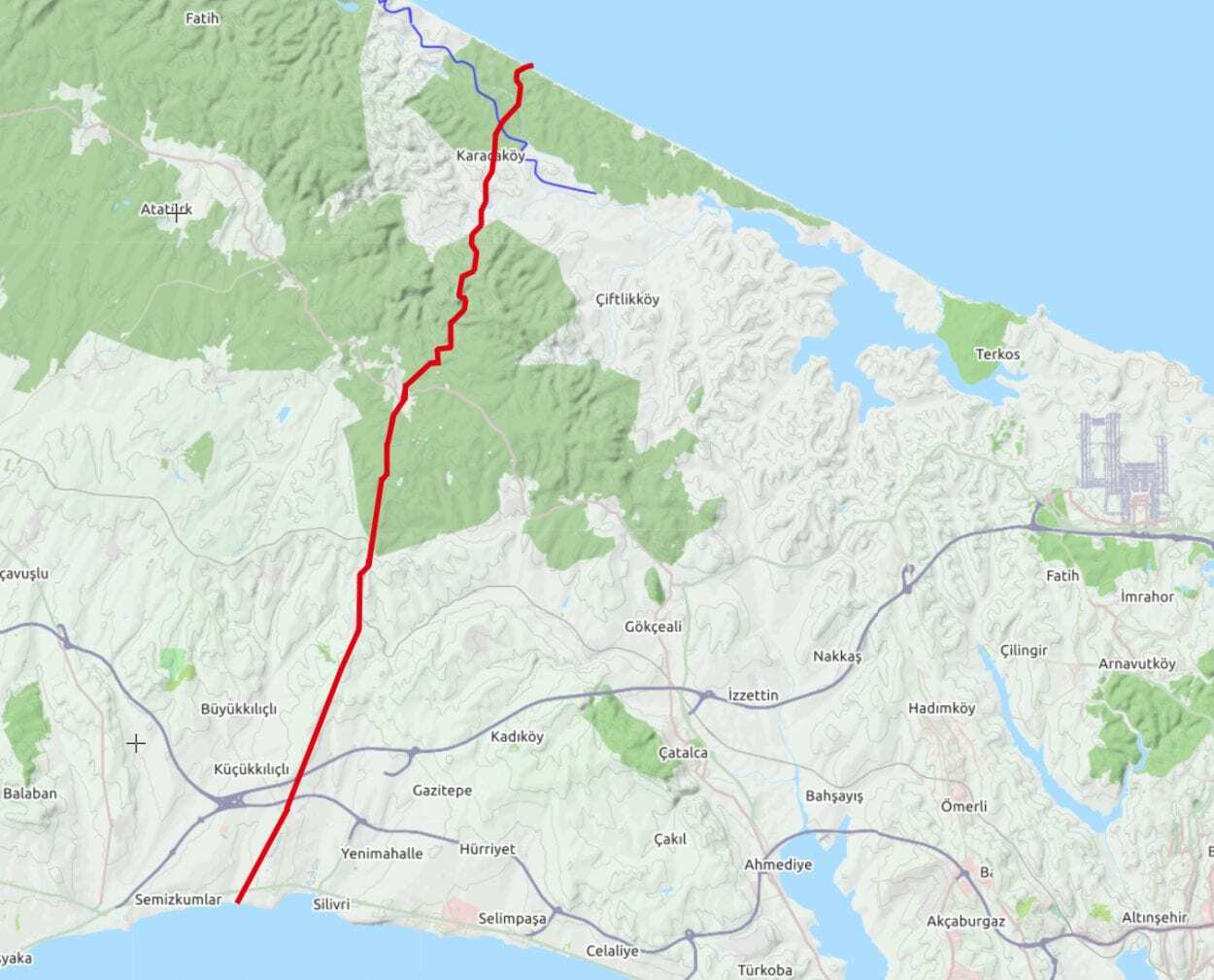The Anastasian Wall, also called the Long Walls of Thrace is a wall fortification built by the Eastern Roman Empire, to protect the city of Constantinople (Istanbul in present-day Turkey) from Barbarian invasion.
The wall was constructed during the late 5th century and ran for 35-40 miles across the Thracian peninsula, from the Black Sea coast to the Sea of Marmara.
Named after Emperor Anastasius I who reigned from 491-518 AD, there is some evidence that the wall may predate Anastasius to the reigns of Leo I or Zeno (although scholarly circles generally attribute the largest extent of construction to Anastasius).
Anastasius I is often described as the first true Byzantine Emperor, being born and raised a Christian (in contrast to previous Christian Emperors who converted), with his reign being considered a boom in the government, economy, and bureaucracy of the Byzantines.
Despite the economic gains under Anastasius, the Balkan provinces lacked sufficient troop numbers and were subject to incursions by Slavs and Bulgars raiding towns for loot.
Like Roman Emperors before him with the threat of “barbarian” incursion, this resulted in the necessity for a strategic defensive system to protect the Empire with linear fortifications like Hadrian’s Wall, and the Antonine Wall in northern Britain, or the frontier Limes from the former Western Roman Empire.
The fortification was built from stone and turf and reached a height of 5 metres, with supporting forts, towers, gates, and ancillary buildings. A ditch and military way ran parallel to ensure the rapid deployment of supplies and troops, similar in function to the Stanegate found alongside Hadrian’s Wall.
The most notable fort called the Büyük Bedesten Wall Fort was constructed near present-day Karamandere and Belgrat, shaped in a typical rectangular plan with four defensive towers.
The Anastasian Wall had limited effectiveness due to the difficulty of keeping it garrisoned and repaired, with the wall being eventually abandoned by the 7th century and the defensive emphasis relying on the double line of the Theodosian Walls built in the 5th century.
Large quantities of stone and material were robbed for local buildings, with only remnants of the wall still being preserved in remote woodlands.
Header Image Credit : Tamra Hays (Edited Image) – CC BY-NC-SA 2.0





